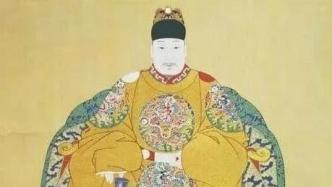

Every museum is the concentration of historical memory, and plays a special role in the development of disciplines, the continuation of excellent cultural context, and the shaping of cultural values, especially university museums. On the afternoon of November 12, the Shanghai University of International Business and Economics Museum opened its first exhibition at the Gubei campus, "East Winds and Westwards - The Influence of Chinese Porcelain Culture on the Development of European Culture". France, Italy and other countries, European porcelain products that have traveled far and wide, as well as some representative Chinese export porcelain, show the charm of "the world of utensils" from multiple angles.
Wang Rongming, president of Shanghai University of International Business and Economics, said that Shanghai University of International Business and Economics has the foundation of building a museum. The school is one of the first two universities established by the former Ministry of Foreign Trade (now Ministry of Commerce), and is known as "the cradle of China's foreign economic and trade talents". , "This exhibition aims to highlight the important role of foreign trade in Sino-foreign cultural exchanges, which is in line with the school's historical evolution and school-running philosophy."
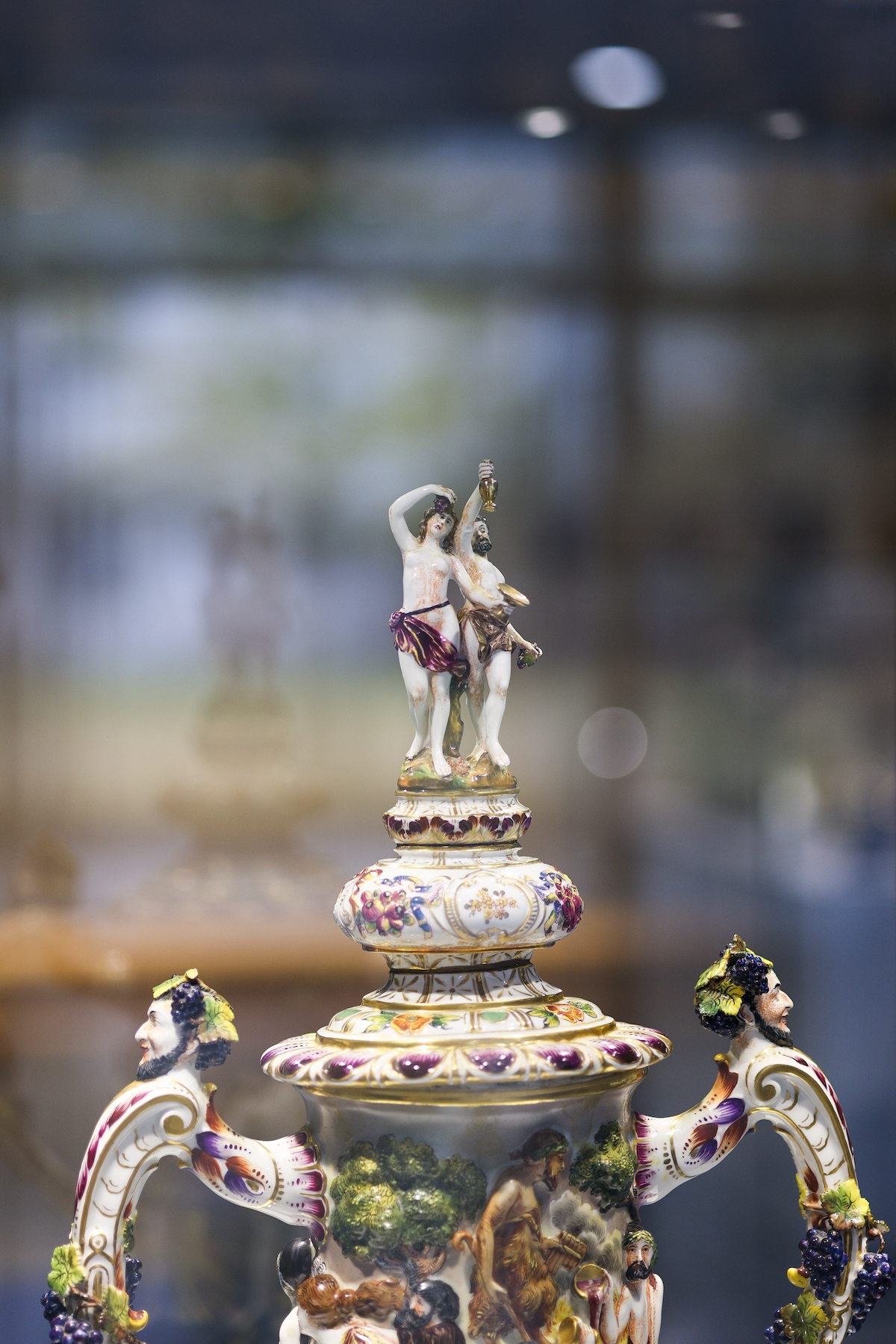
Porcelain jar commemorating the scene of the Grape Harvest Carnival at the end of the 19th century in Naples, Italy (detail)
Entering the exhibition hall of the Shanghai University of International Business and Economics Museum, an exotic porcelain jar enters the viewer's line of sight.
"This exhibit is the treasure of the museum's first exhibition." Wang Rongming said on the spot, "This is a porcelain jar made in Naples, Italy at the end of the 19th century to commemorate the scene of the grape harvest carnival, and it was a handicraft customized by the nobles at that time. The design is also very beautiful.”
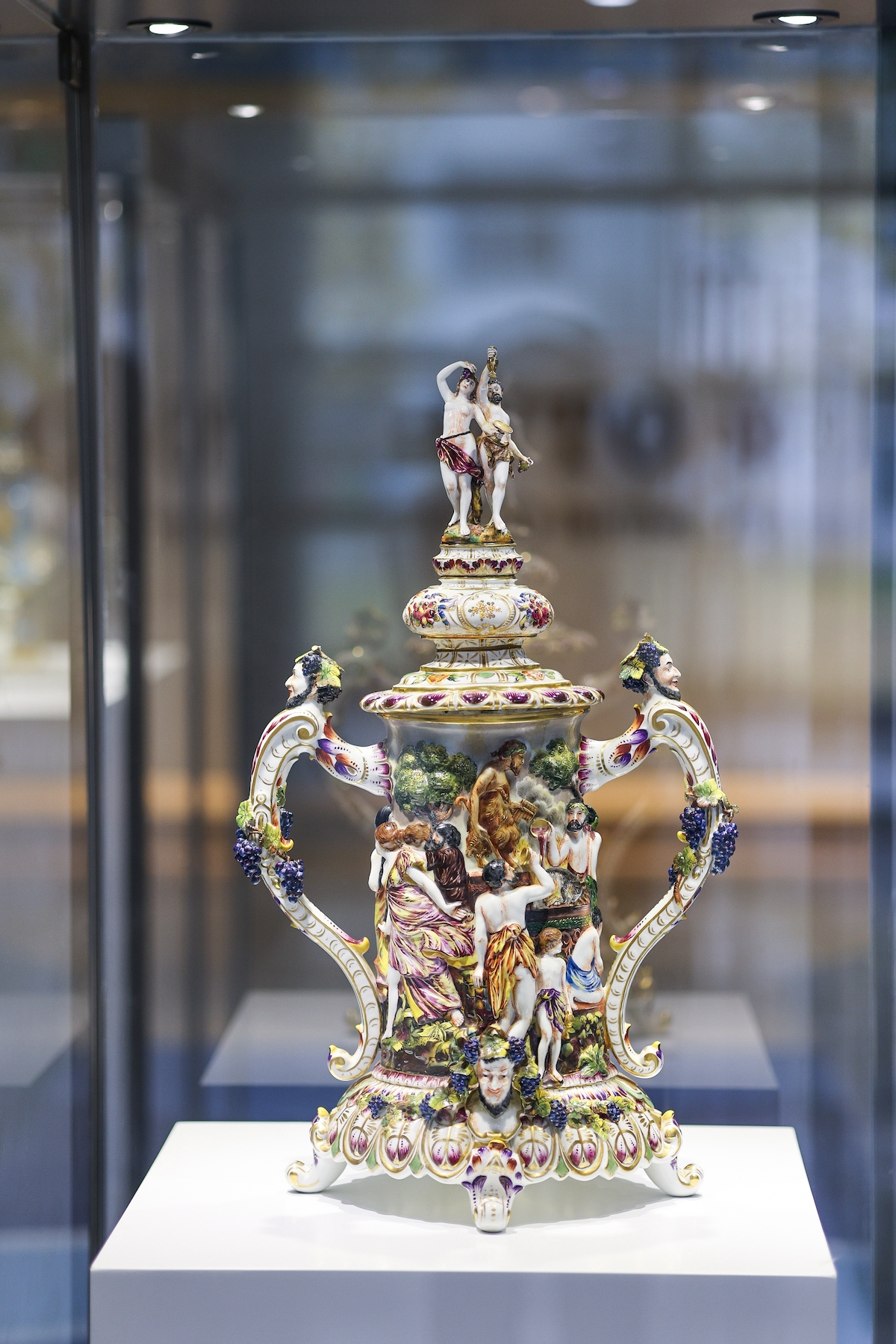
Porcelain jar commemorating the scene of the Grape Harvest Carnival at the end of the 19th century in Naples, Italy
Wang Rongming, President of Shanghai University of International Business and Economics, said that museums play a special role in the development of disciplines, the continuation of excellent cultural contexts, and the shaping of cultural values; It is the meaning and historical responsibility of striving for "double first-class" universities. It is also a pragmatic measure to provide high-quality public service products and respond to the "eager expectations" of all walks of life while educating people with culture.
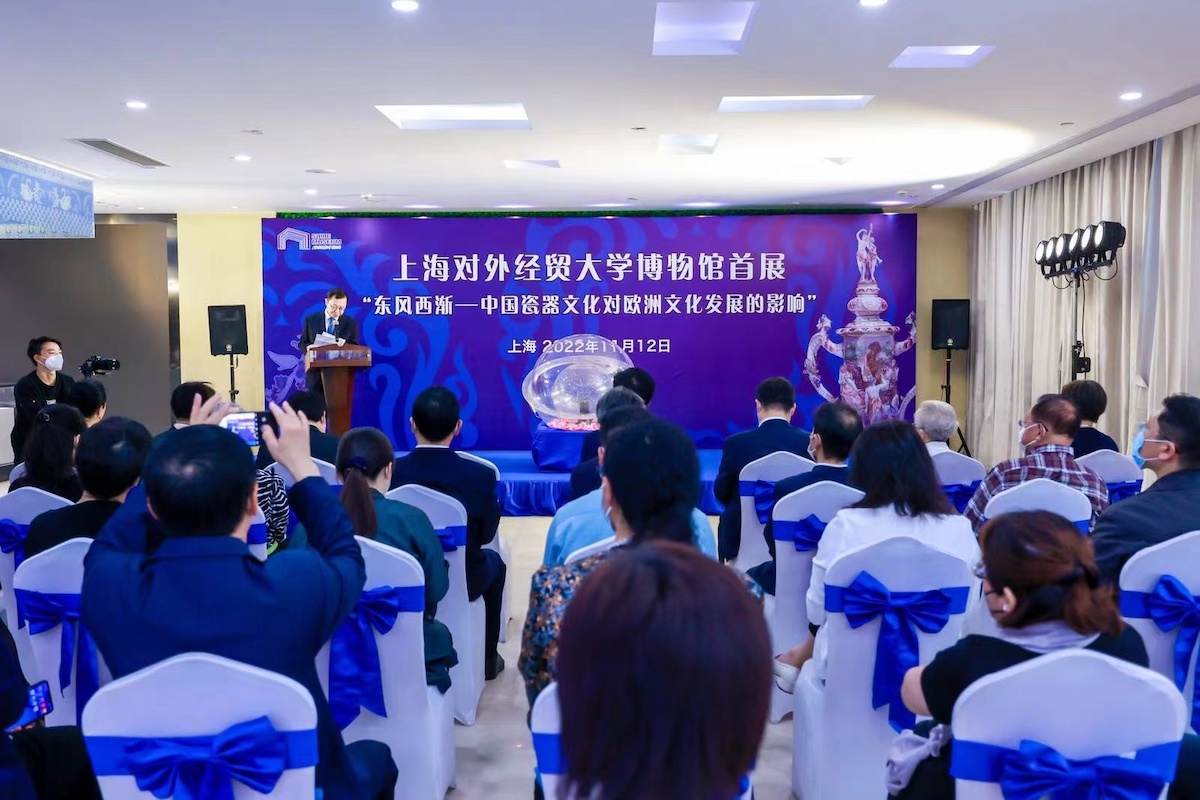
The opening scene of "East Winds and Westwards: The Influence of Chinese Porcelain Culture on the Development of European Culture"
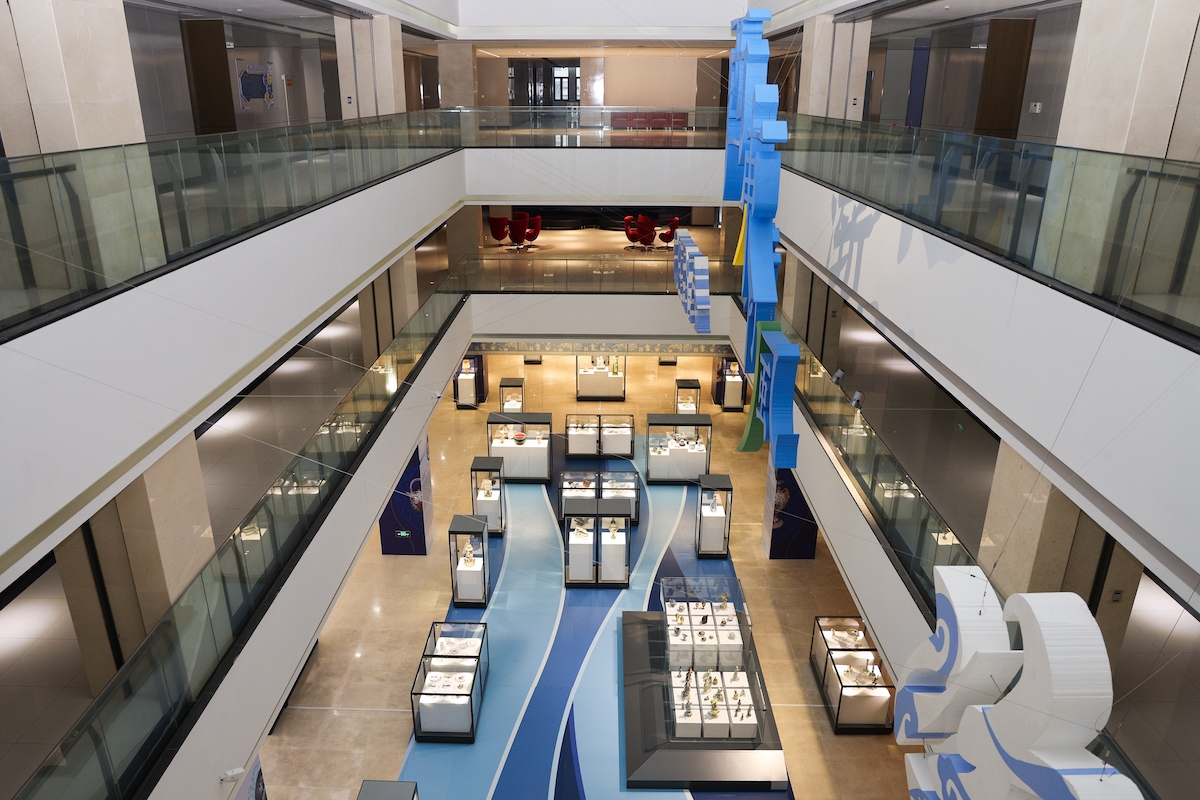
The exhibition site of "The East Wind is Westward - The Influence of Chinese Porcelain Culture on the Development of European Culture"
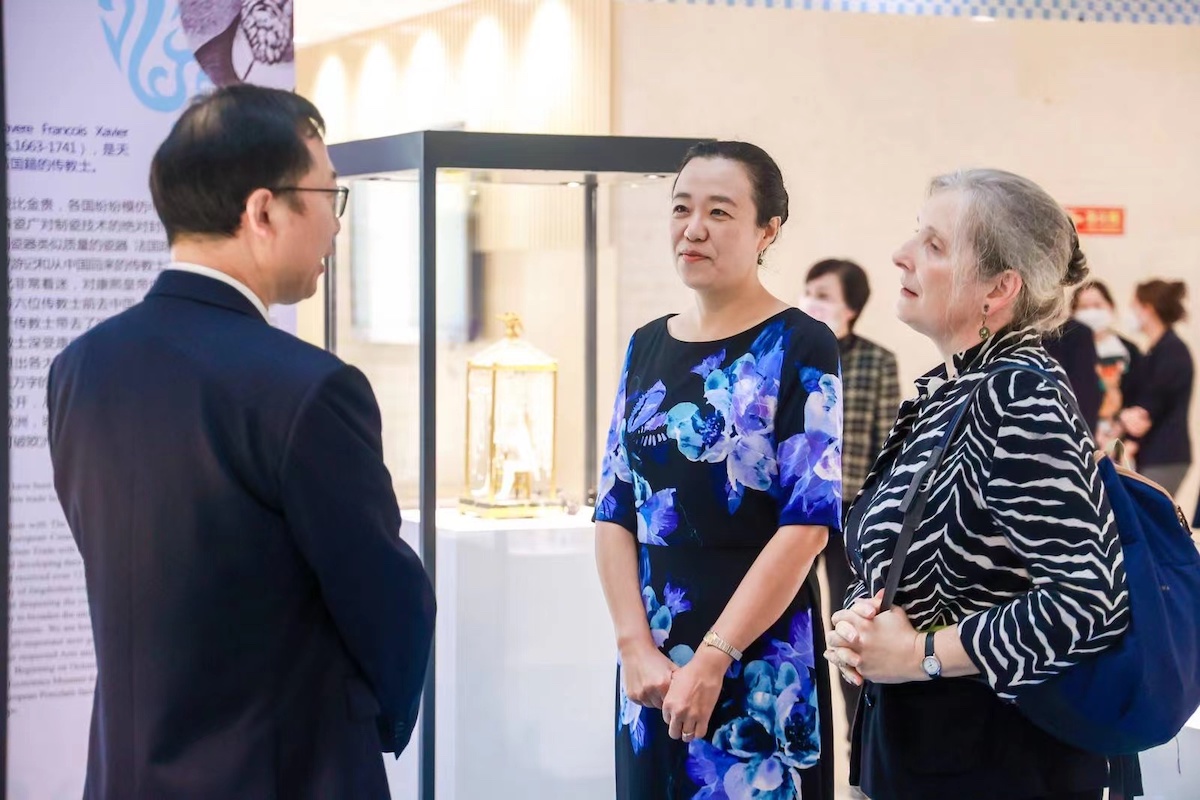
The opening scene of "East Winds and Westwards: The Influence of Chinese Porcelain Culture on the Development of European Culture"
"Shanghai University of International Business and Economics has the foundation of building a museum, and is the only university in the Yangtze River Delta region that focuses on the field of foreign trade and economics. The school was born because of a trade power, prospered because of opening to the outside world, prospered because of comprehensive reform, and opened up business in the new era. The new ones have made significant contributions to my country's 'returning customs' and 'joining the WTO', forming distinctive advantages in the fields of institutional opening up and global economic governance, and actively showing responsibility and action in the integration and construction of a strong country in service trade." Wang Rongming accepted the surging In a news interview, he said, "The theme of the first exhibition is 'East Wind and Westward Growth - The Influence of Chinese Porcelain Culture on the Development of European Culture', which aims to highlight the important role of foreign trade in cultural exchanges between China and foreign countries. The philosophy of running a school is consistent.”

The exhibition site of "The East Wind is Westward - The Influence of Chinese Porcelain Culture on the Development of European Culture"

The exhibition site of "The East Wind is Westward - The Influence of Chinese Porcelain Culture on the Development of European Culture"
From the end of the 16th century to the beginning of the 17th century, Europe opened up new trade routes, and Chinese porcelain began to be shipped to Europe in batches. This period was a golden age of European maritime exploration, led by the Spaniards and Portuguese, followed by the Dutch and British. From the end of the 17th century to the beginning of the 18th century, Europeans generally fell in love with Chinese porcelain. At that time, the whole Europe formed a Chinese taste of using Chinese porcelain as a fashion. Chinese export porcelain was widely loved and sought after by European countries, so that there was a "Chinese craze" or "Chinese style" in the society.

China's 19th century export porcelain hand-painted four-piece tea set
As Chinese porcelain was shipped to Europe in batches, while people imported and sought after Chinese porcelain, they also tried to make porcelain by imitating the style and style of Chinese porcelain. But in fact, the earliest imitations that appeared in Europe were not porcelain, but a tin-glazed pottery called "Devville".
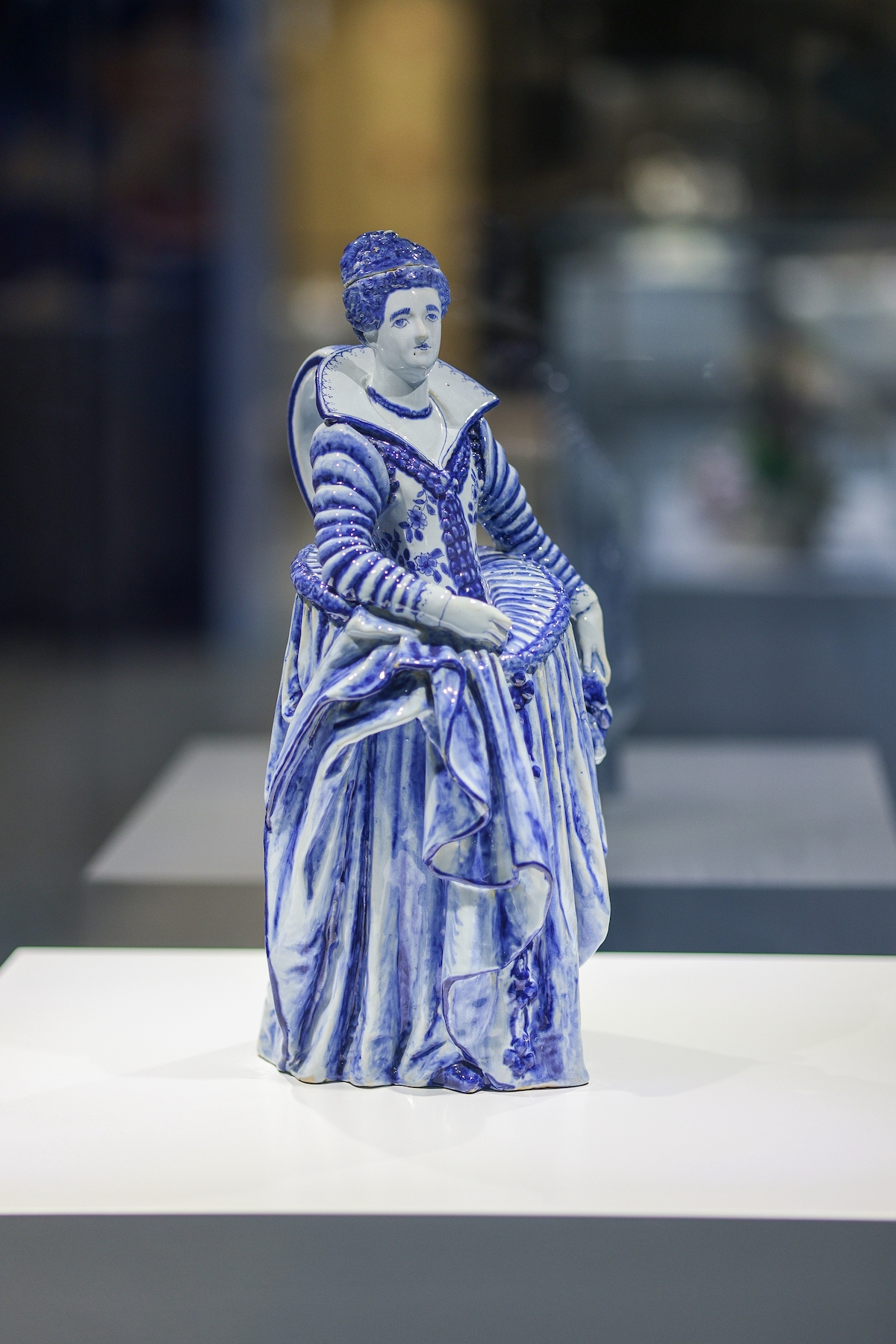
18th century blue and white ceramic jug with the image of the Queen of the Netherlands made in Delveville, the Netherlands
Europeans systematically understood Chinese porcelain and produced real porcelain thanks to the French missionary Yin Hongxu. In 1703, Yin Hongxu went to Nanchang, Raozhou, and Jingdezhen in Jiangxi as a missionary, and obtained all the details of porcelain making technology through local porcelain workers. In 1712, he detailed Chinese porcelain making techniques in a letter to Europe. In his letter, he described the composition, variety, quality, color, and processes of kneading, glazing, grilling, and temperature control. He also emphasized the raw materials of the porcelain: green body and kaolin. In 1716, the letter was published in a European magazine. In 1717, Yin Hongxu sent kaolin to Europe.
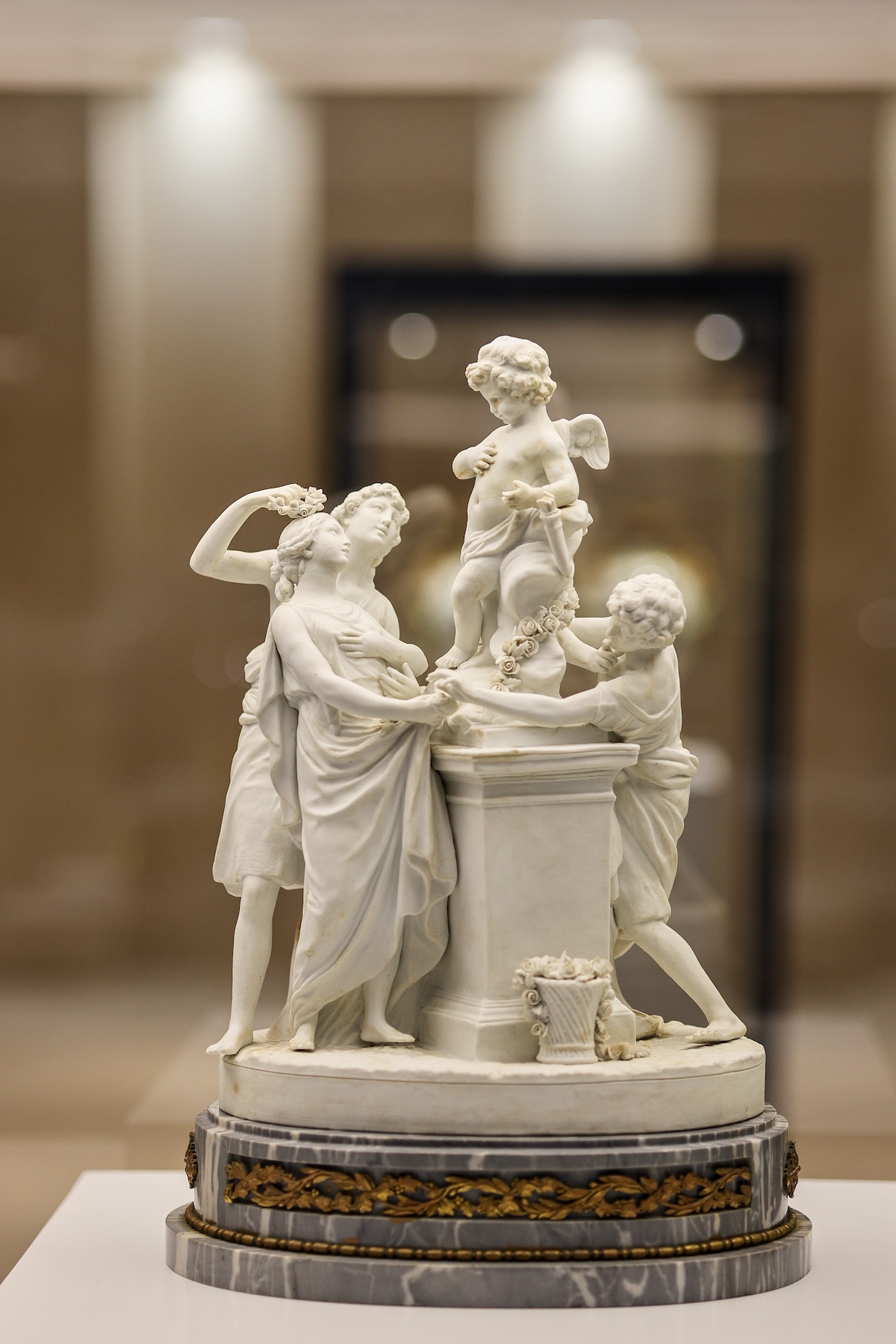
18th century bisque porcelain statue welcoming the Archangel with a marble base in Sèvres, France
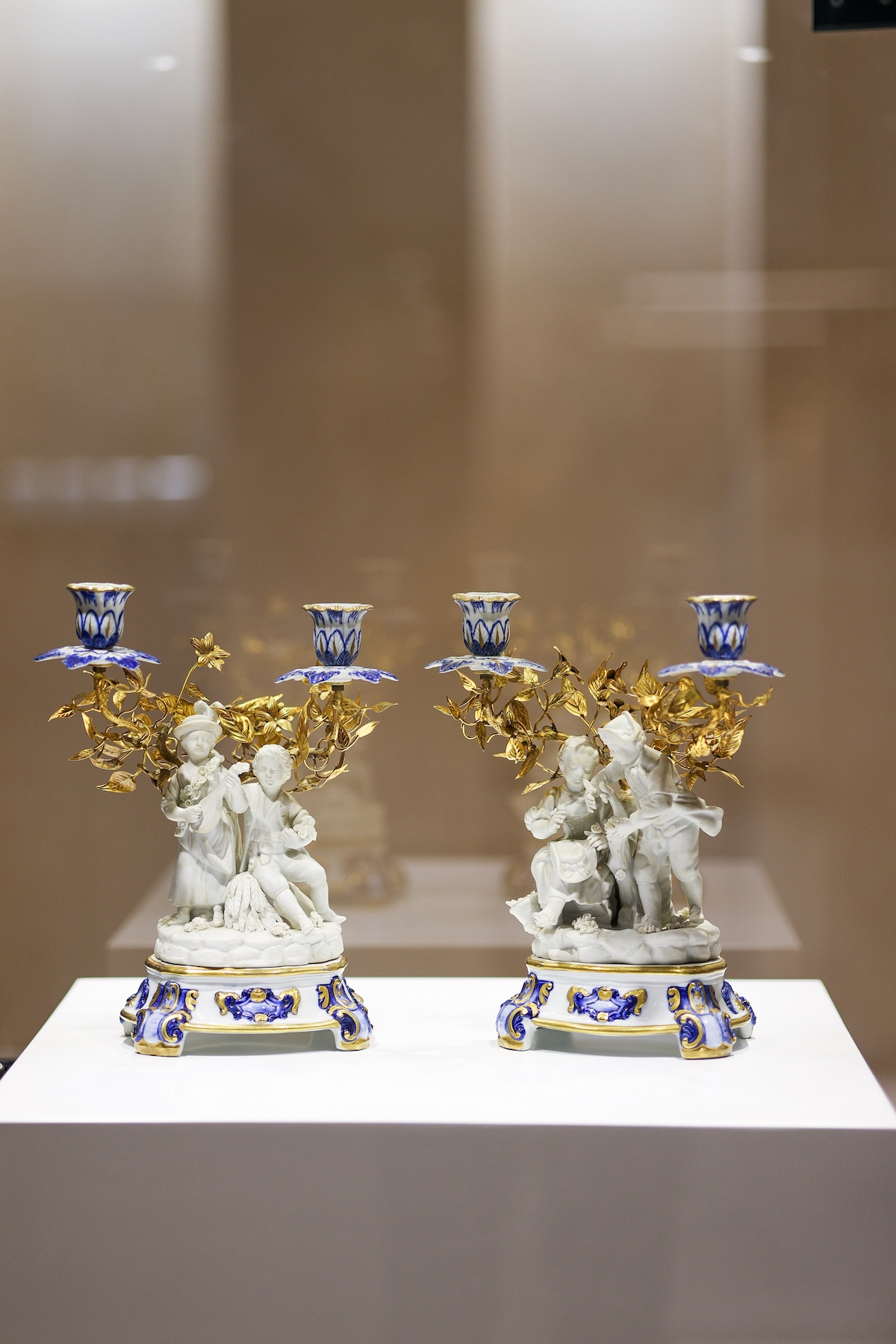
Pair of white porcelain candlesticks made in Germany

A large Art Nouveau vase, late 19th century, Italian Ambra
After Yin Hongxu's letter was published, a wave of searching for kaolin and imitating Chinese porcelain swept across Europe. In 1750, the Duke of Durleon, France, ordered the survey and development of porcelain clay in France. In 1755, a porcelain clay layer similar to Jingdezhen Kaolin was discovered, a Kaolin Shi near Ailinggang, and in 1768, real porcelain was produced. In 1750, the British discovered porcelain clay in Cornwall and began to imitate Chinese porcelain. In 1759, King Charles III of Spain brought back porcelain clay from Cape Mount, Italy, and established a Chinese porcelain factory. Obviously, the introduction of Chinese porcelain and porcelain-making technology led to the establishment and development of the European porcelain-making industry. After the mid-18th century, the local porcelain manufacturing industry in the whole of Europe, especially France, Britain and Germany, developed rapidly under the influence of Chinese porcelain technology.
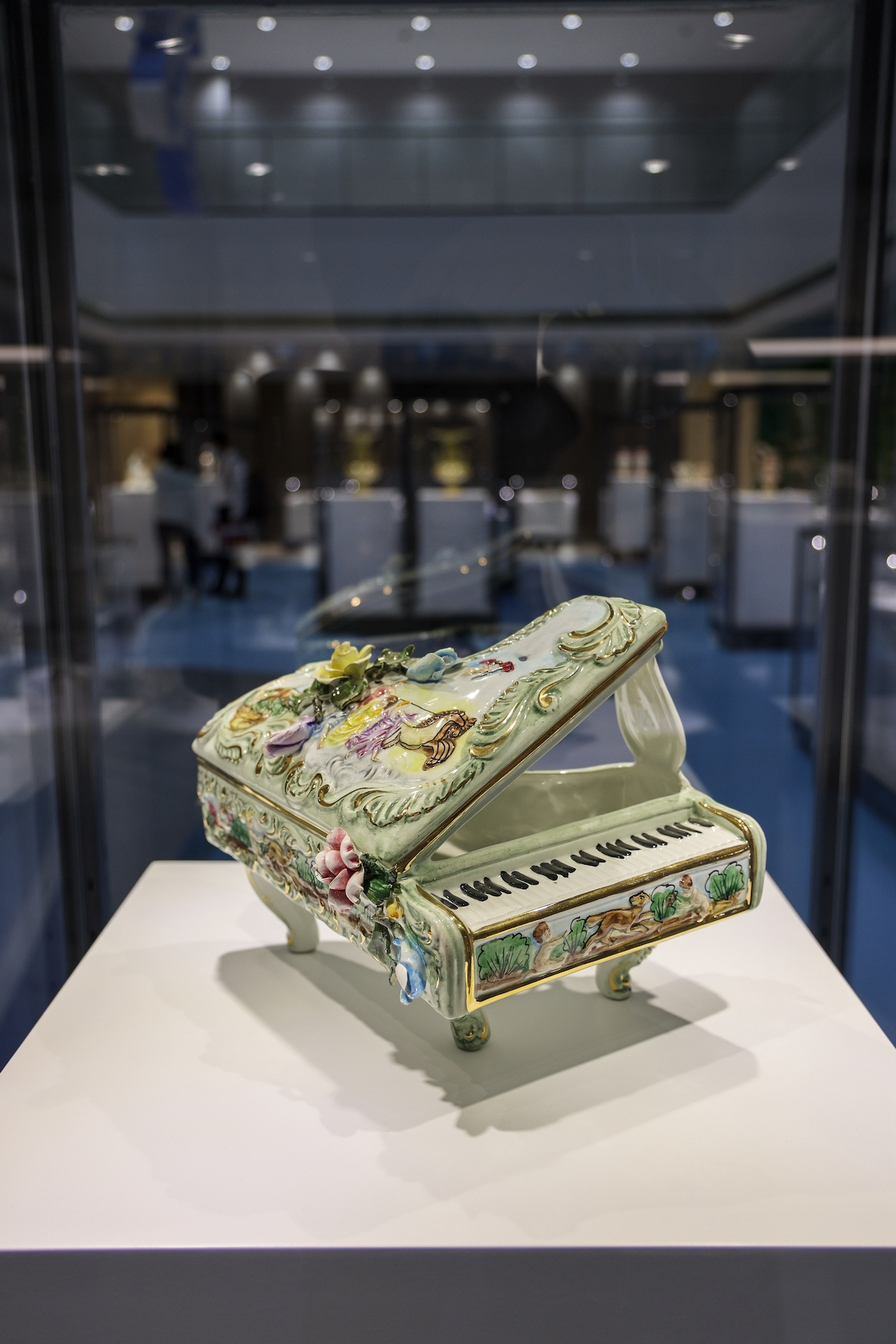
20th century embossed floral piano porcelain made in Capodimonte, Italy
Immediately after the successful imitation of Chinese porcelain, European factories began to try to develop their own glazes and styles, and invented various new uses for decorative porcelain. Over time, Europe produced new porcelain in a pure European style. Functionally, the use of porcelain was also extended to many decorative and utilitarian items, including lighting, writing implements, and furniture. For example, there is a Napoleon statue lamp designed in France in the early 20th century on display.
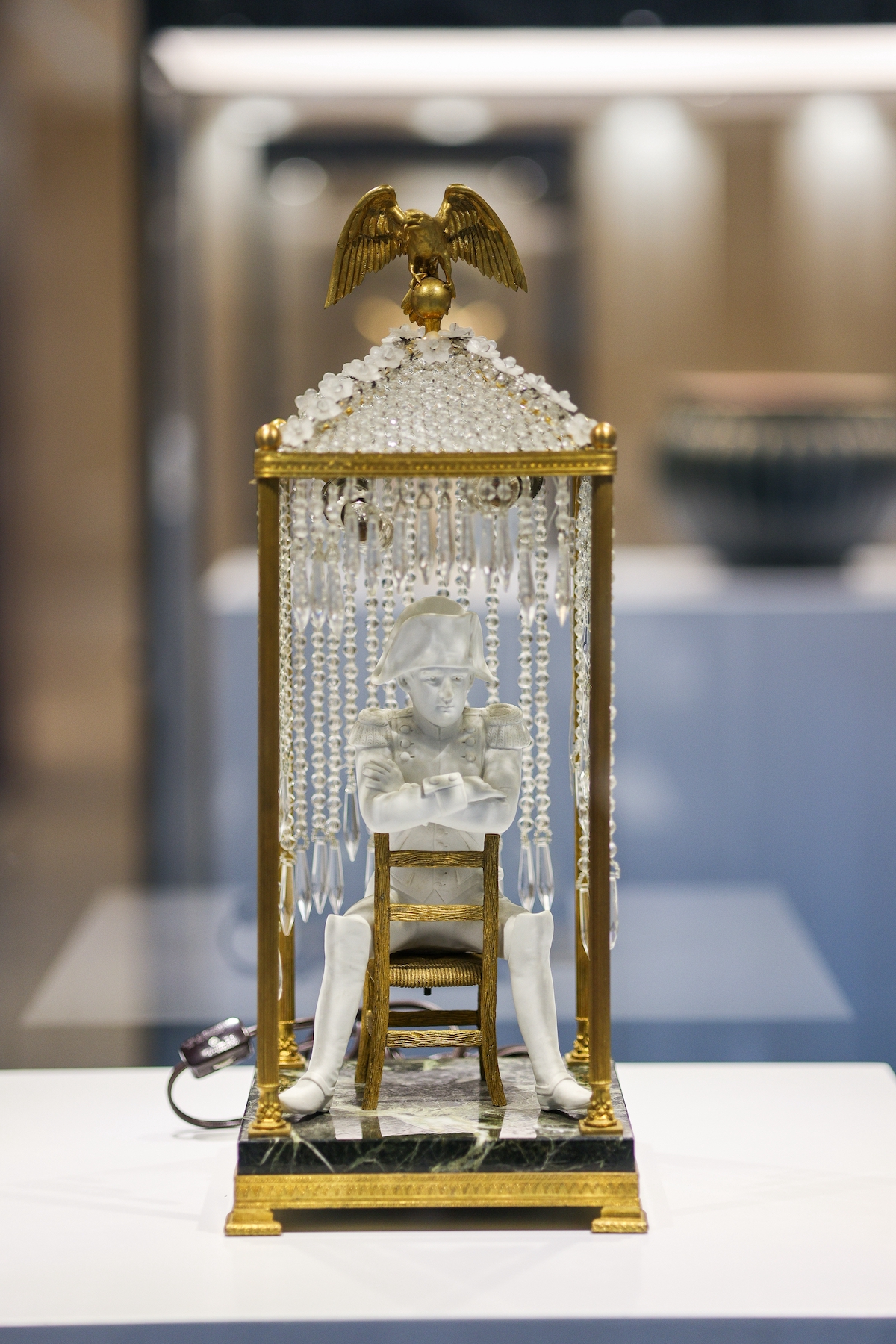
Napoleon statue table lamp designed in France in the early 20th century

The opening scene of "East Winds and Westwards: The Influence of Chinese Porcelain Culture on the Development of European Culture"
"This lamp is a technical embodiment of European cultural innovation and development of Chinese porcelain. It can be seen that it is made of four materials: brass, glass, white porcelain and marble. Such a lamp is relatively rare even in the world today. , so this time in our museum, we can see not only the influence of Chinese porcelain, but also the cultural innovation of European porcelain." Ding Ye, director of the Museum of Shanghai University of International Business and Economics, said at the opening of the museum.
From the crazy pursuit of Chinese porcelain to the unremitting exploration of its craftsmanship; from copying and imitating "imported products", to innovating and developing their own brands and characteristics, and even exporting to all parts of the world, the ancient porcelain culture has spread from the East to the West , flourished under the stimulus of the Industrial Revolution. Four centuries later, it returned to China with a gorgeous and exotic style, arousing the Chinese people's innate complex for porcelain.
It is reported that the exhibition will last until November 12, 2024.

